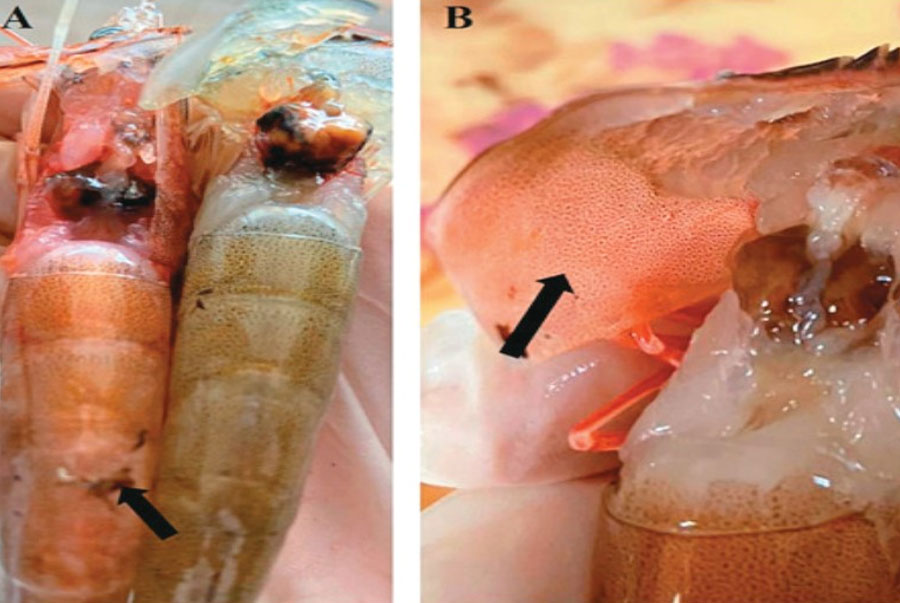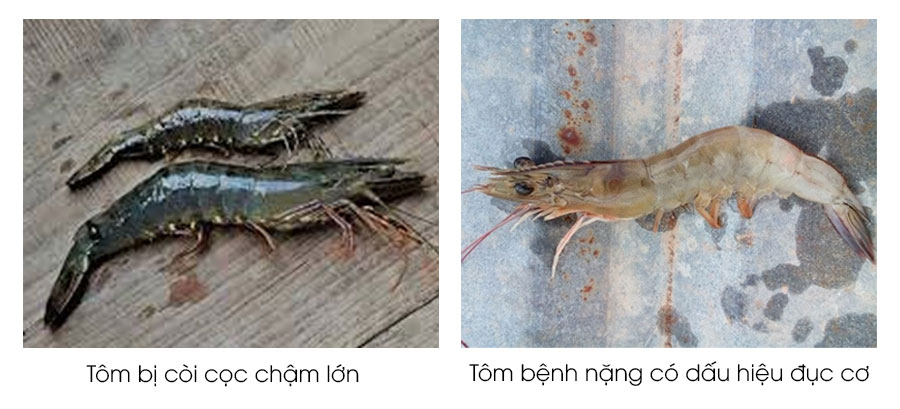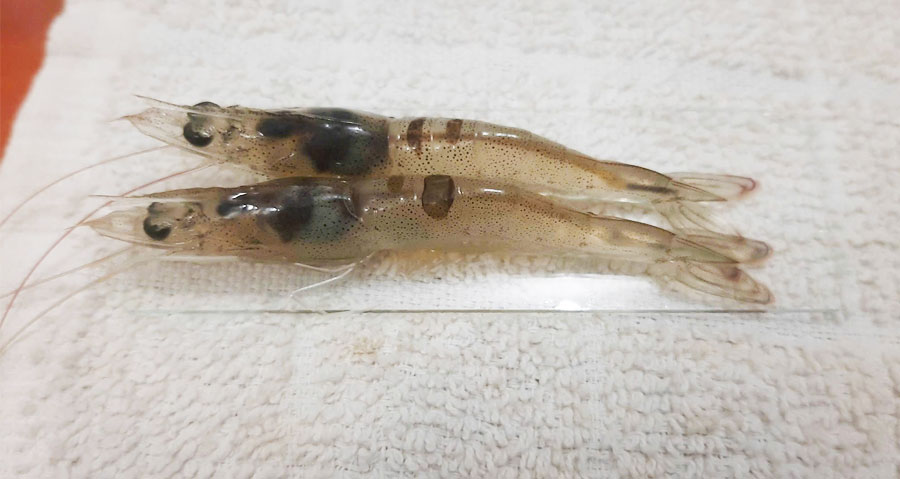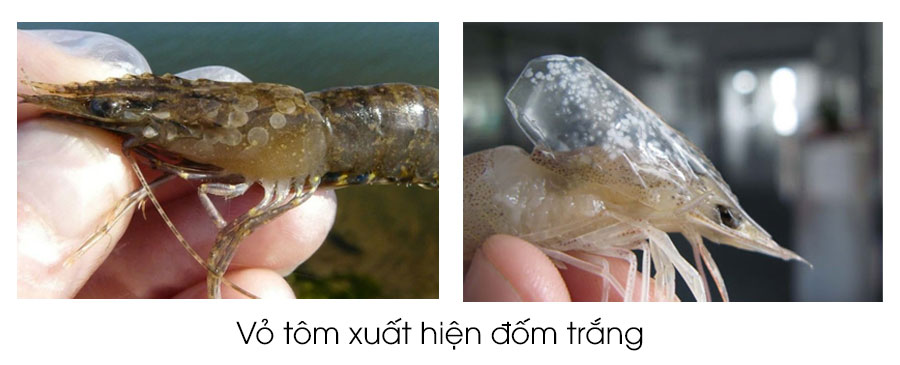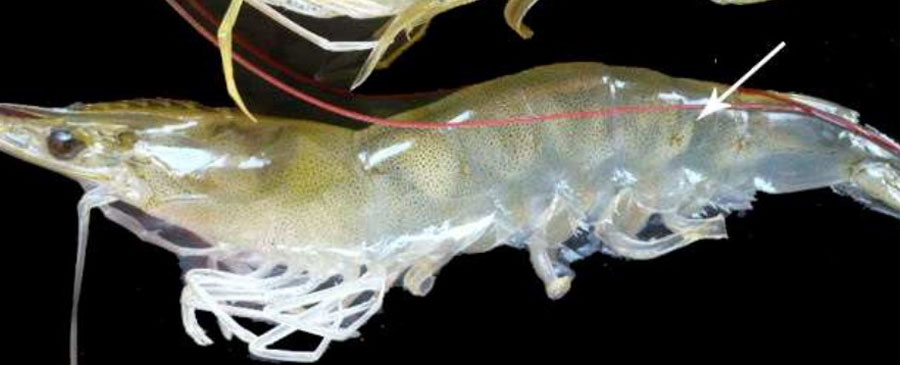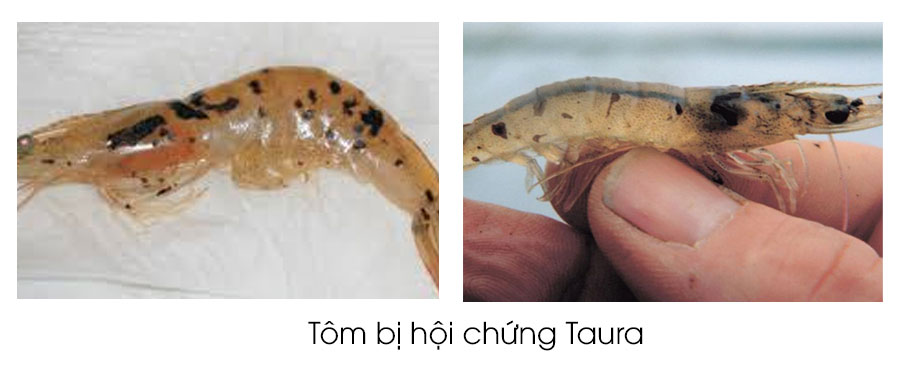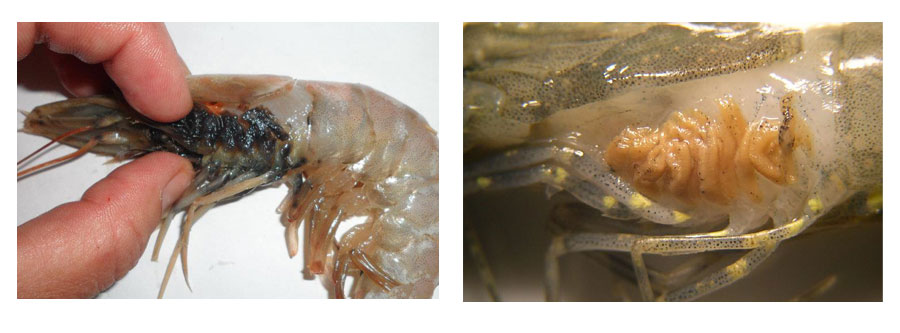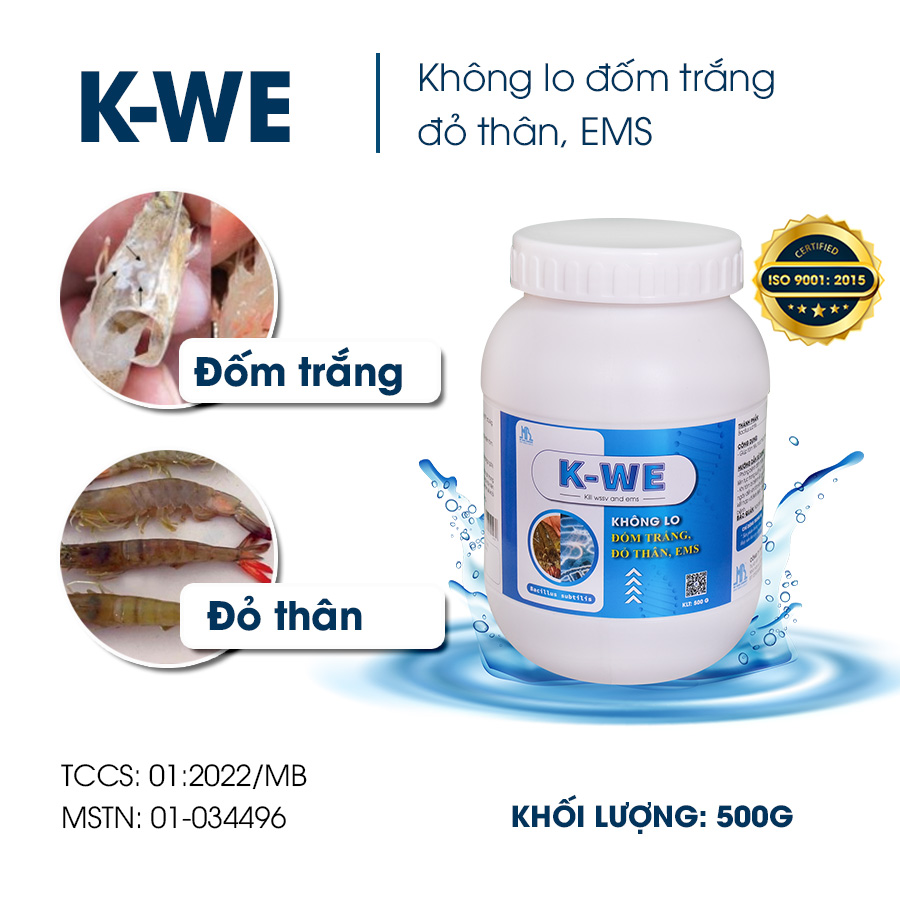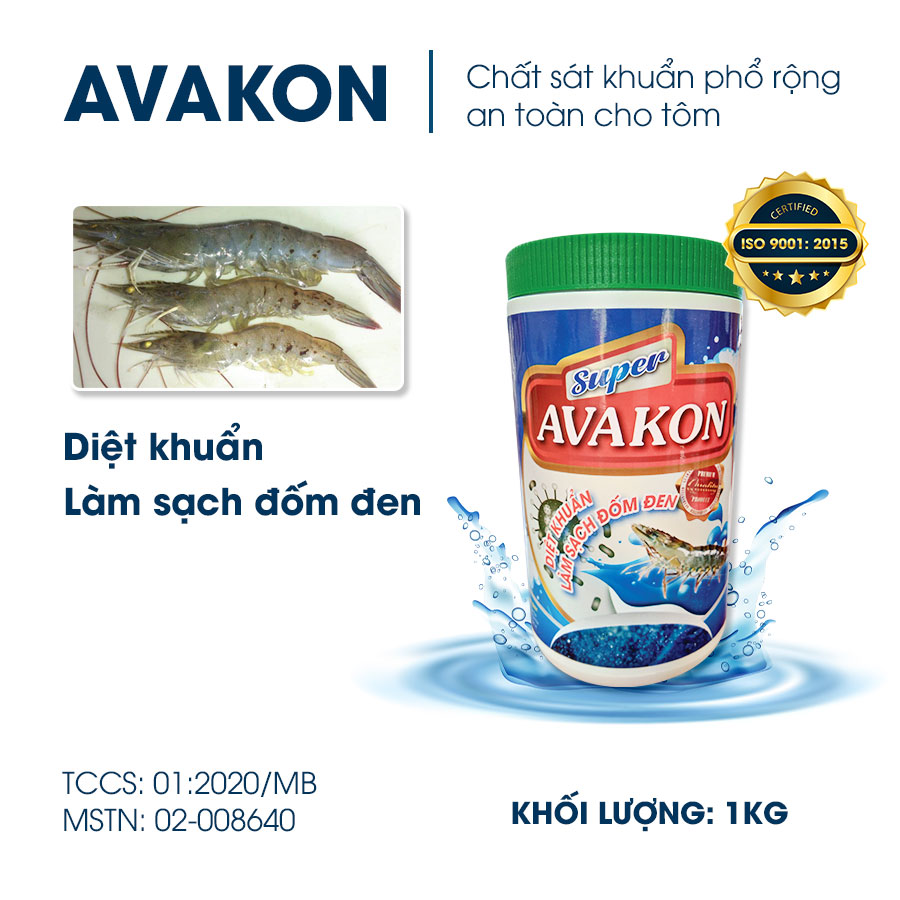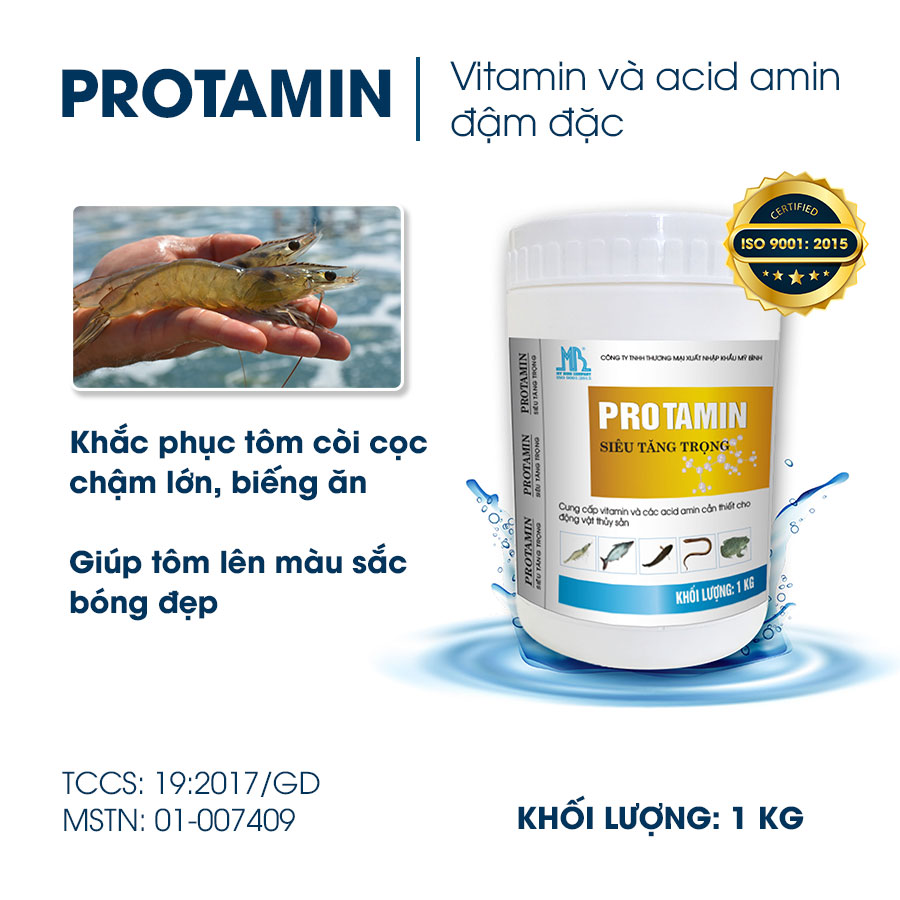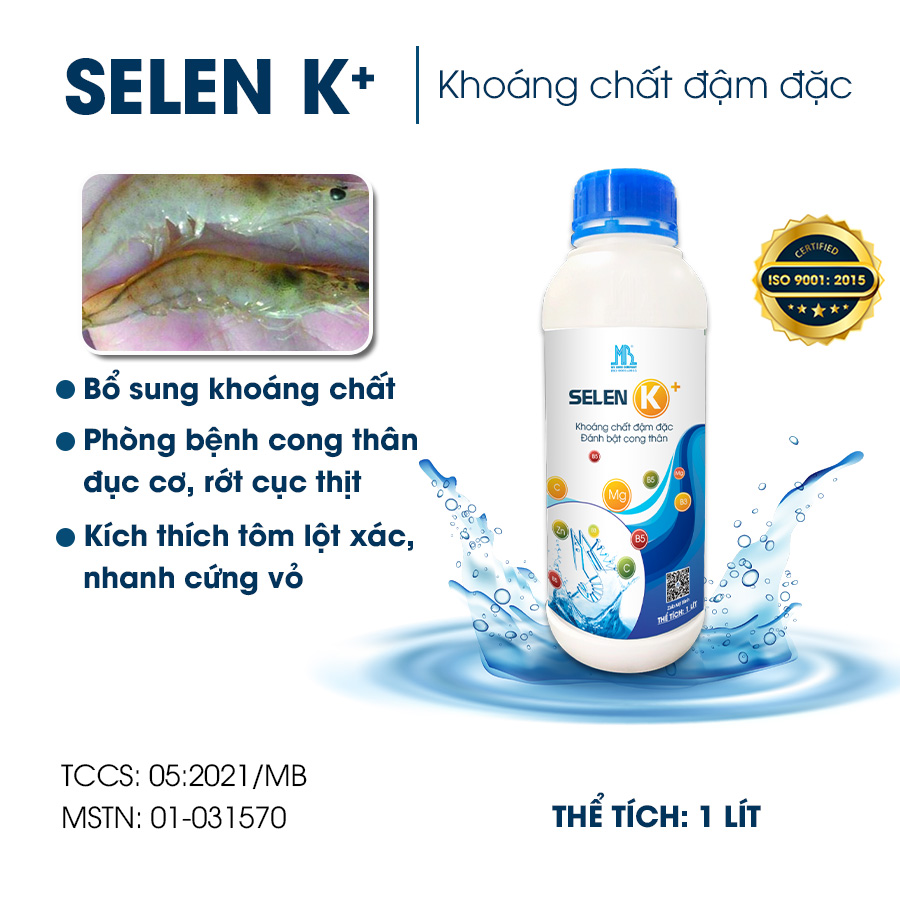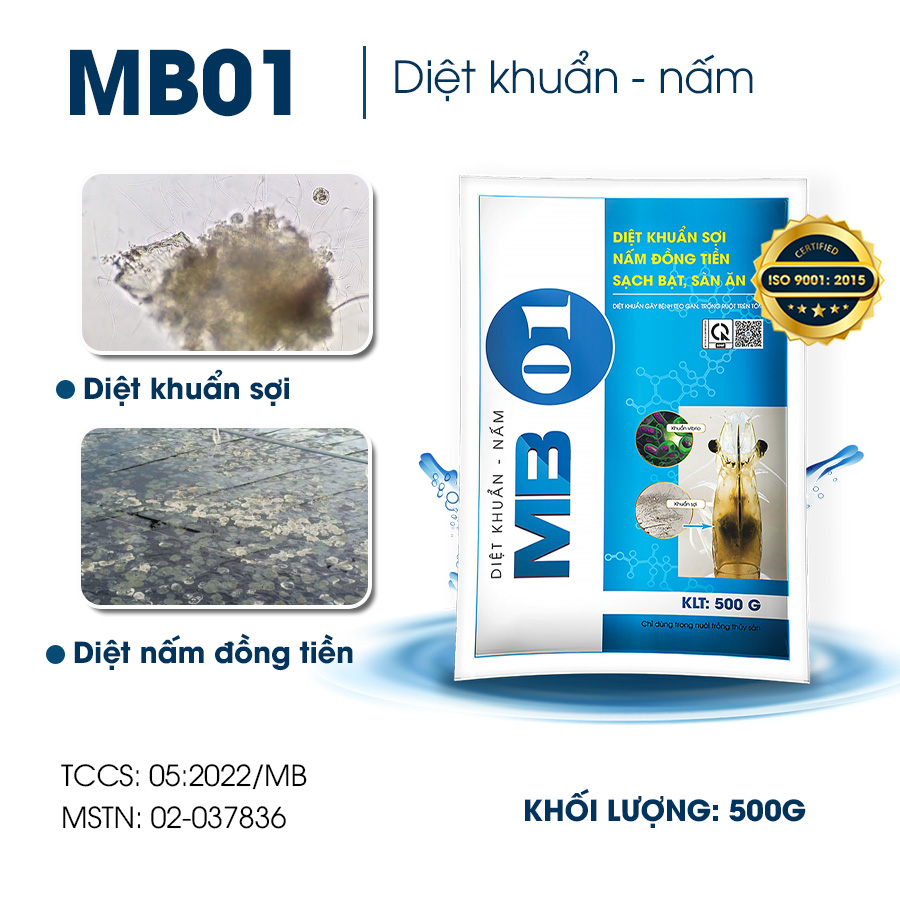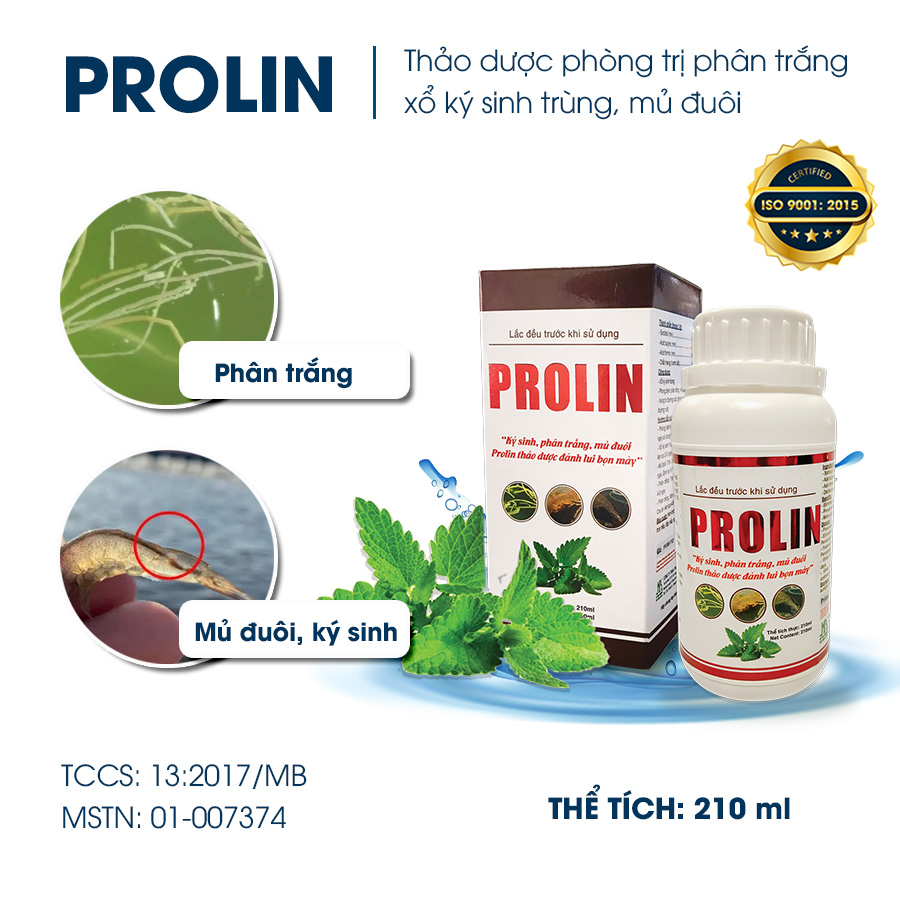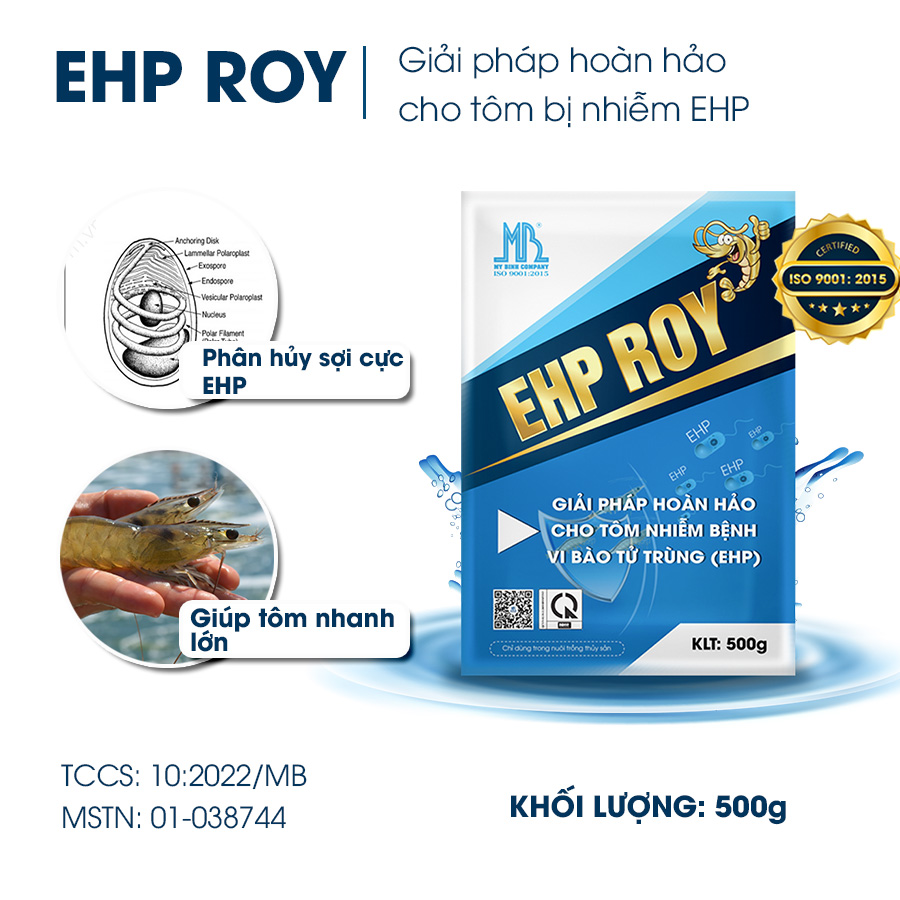Diagnose the health status of shrimp through their body color
In fact, we can partly judge the health status of shrimp through their body color.
1. Diagnose the health status of shrimp
Shrimp that are shocked or sick often change color. For example, shrimp turning red may be due to the release of carotenoid pigments due to hepatopancreatic necrosis and of course dead shrimp are often red.
Stunted or slow-growing shrimp often show a red-brown or white mark along their back due to a concentration of yellow-brown pigment. Incubating shrimp often have hard and dark shells. Shrimp in the severe stage of the disease will have opaque white or reddish muscles.
Image: Shrimp are stunted and slow to grow (left), shrimp with severe disease have signs of muscle opacity (right)
Most shrimp wounds will turn black or brown after only a short time. This is due to the production of dark brown pigments (melanin) to fight microorganisms (because they are toxic) and protect shrimp from infection. In addition to black discoloration, many other abnormalities affect the appendages. The appendage may be bent or broken and the pair may become swollen. Such swelling is often the result of infection from pond bottom areas contaminated with waste.
The appearance of white spots on the shell is often due to shrimp being infected with the white spot virus. However, white spots on shrimp shells can also be due to causes related to pH or the influence of calcium content in the water. Want to determine the exact cause of white spots on shrimp shells? It is necessary to carry out testing and diagnostic steps in the laboratory (PCR, histopathology...)
Image: shrimp shell is being infected by the white spot virus
The yellow head phenomenon is often caused by shrimp having a disease in the hepatopancreas or being infected with the virus that causes yellow head disease. However, sometimes virus-infected shrimp do not show signs of yellow head. Therefore, in addition to observing signs of disease, identifying the causative agent is very important.
Shrimp meat has an opaque white color other than normal white or translucent white, which is related to intestinal bleeding, muscle atrophy, or microspore infection.
Black necrotic streaks: Accompanied by other signs such as: bullous blisters on the antennae scales and tail base, necrotic appendages (usually the end of the appendages is black), Taura syndrome or mechanical damage.
Black (brown) gills: Can be due to infection with gill disease virus (GAV), bacterial infection, severe lack of vitamin C, dirty pond bottom for a long time. Shrimp gills are pink: Lack of oxygen in the pond or due to high NH3 content. Blue gills: Due to too thick a density of green algae or blue-green algae
2. Solutions to prevent and treat shrimp diseases
Image: K-WE, this product can treat the white spot virus in shrimp
Image: AVAKON, This product can kill bacteria and clean Black (brown) spots on shrimp gills
Image: PROTAMIN, this product can treat stunted or slow-growing shrimp
Image: SELEN K+, this product can prevent curved body disease, muscle opacity in shrimp, help shrimp molting be a hard-to-shell quickly
Image: DIỆT KHUẨN - NẤM MB 01, this product can kill filamentous bacteria and coin fungi in shrimp ponds
Image: PROLIN, this product can treat white feces syndrome in shrimp
Image: PROLIV, this product can treat yellow liver, liver atrophy in shrimp
Image: EHP ROY, this product can treat microsporidia disease caused by the parasite Enterocytozoon hepatopenaei (abbreviated as EHP)
Observing and detecting shrimp diseases through clinical signs is very important in monitoring health status and timely disease prevention and treatment for farmed shrimp. Contact us now: at WhatsApp: +84939881532 (Mrs. Camryn Ho) or leave a comment below to receive more useful advices from us. We wish farmers had successful shrimp and fish seasons and high prices!
.......................................................................................
MY BINH EXPORT-IMPORT TRADING LIMITED COMPANY
Main Office: 49/11B, Tran Hoang Na Street, Hung Loi Ward, Ninh Kieu District, Can Tho City, Viet Nam.
Factory Address: 28T, Nguyen Van Quy Street, Phu Thu Ward, Cai Rang District, Can Tho City, Viet Nam.
Hotline: +84911383533 or +84983173322
Website: https://mybinh.com.vn
Email: mbtrade9@gmail.com


